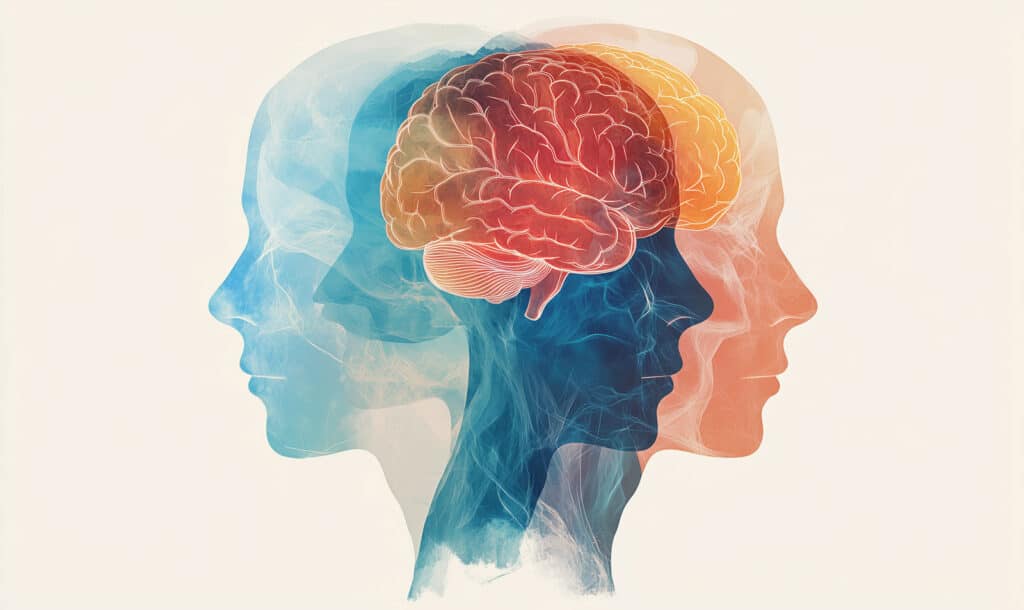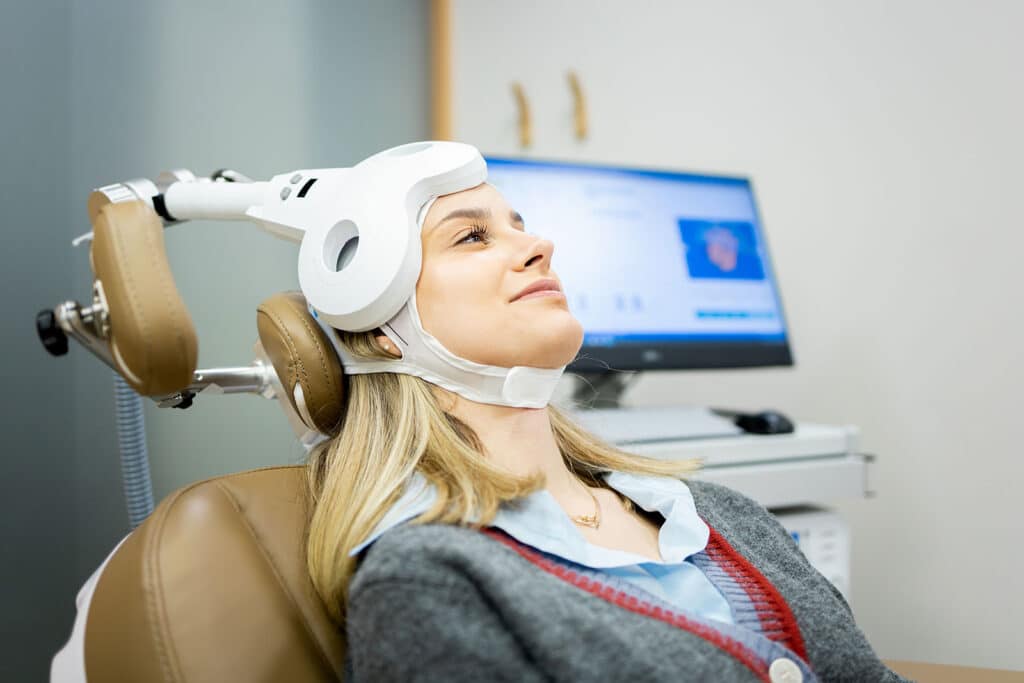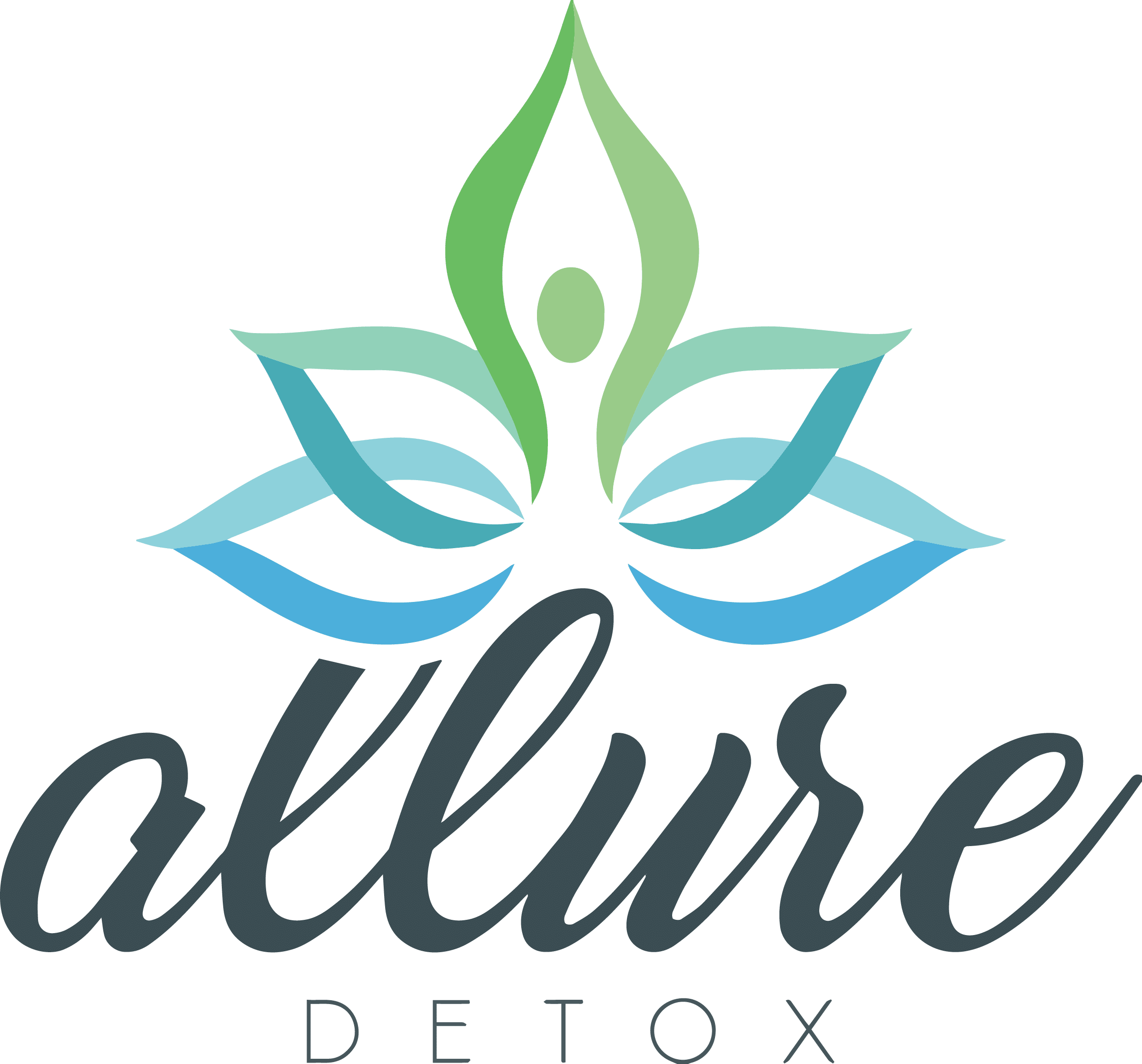Substance abuse is not a small problem in the U.S. but rather a crisis that has reached epidemic proportions. That’s what one would conclude after reviewing any of the many studies on substance use disorders in this country, including one recently published by the American Hospital Association (AHA). In that study, researchers revealed that over 46 million Americans aged 12 and older had a substance use disorder involving drugs, alcohol, or both in 2021. That’s approximately 16.5% of the U.S. population.
But the unsettling news does not end there; data from the same organization also revealed that nearly 1 in 4 adults with a substance use disorder are also struggling with a mental illness. The clinical term for this combination is a co-occurring disorder, and it can make overcoming addiction exceptionally challenging for some people. One of the findings published by the AHA that is especially concerning is that only 6% of people with substance use disorder ever get the help they need to turn their lives around. And even those who do get help relapse while still in or soon after completing an addiction recovery program.

Table of Contents
- 1 Why Some People Relapse or Never Get the Help They Need To Overcome Addiction
- 2 What Is Neurotherapy?
- 3 Additional Brain Stimulation Techniques Associated With Neurotherapy
- 4 How Neurotherapy Can Help Ease Pain and Other Physical Symptoms Caused by an Alcohol or Drug Detox
- 5 Neurotherapy Side Effects
- 6 How Long Does It Take for Neurotherapy To Work?
- 7 Find Out if Neurotherapy for Addiction Is Right for You
Why Some People Relapse or Never Get the Help They Need To Overcome Addiction
For the roughly 6% of people who get the help they need to quit drugs, alcohol, or both, an inability to cope with triggers, such as stress, negative emotions, or situations associated with or that remind them of past substance use, is what sends them spiraling toward relapse. The risk of relapse is even greater for those who go it alone since they lack coping skills and don’t receive the social support that comes from getting professional help.
As far as why some people with substance use disorder never seek the help they so desperately need to break the cycle of addiction, the reasons are multifarious. For some people, denial, geographic location, and cost concerns are the chief deterrents. Some also believe that quitting drugs or alcohol is just too hard and, therefore, not worth trying. And for others, mental illness is the primary factor. Studies show that struggling with depression, anxiety, or any other mental health disorders while simultaneously battling addiction can interfere with decision-making and exacerbate stigma, both of which can create barriers to accessing needed addiction recovery treatment. Of course, some people just flat-out fail to recognize that overcoming their alcohol or drug use disorder requires professional help.
Because the reasons why people relapse or are reluctant to seek help can vary, most rehab facilities offer numerous treatment options when it comes to addiction recovery. Along with traditional methods, such as medication-assisted treatment (MAT), addiction counseling, and referrals to sober living homes or support groups, many rehabs offer Neurotherapy.
What Is Neurotherapy?
Hailed as a breakthrough in the realm of addiction recovery, neurotherapy is an evidence-based addiction recovery treatment that uses technology to modify an individual’s brain activity and improve their behavioral, cognitive, and emotional functions. There are three types of Neurotherapy. To appreciate how they can each help individuals achieve short and long-term sobriety, it helps to look at each individually:
- Neurofeedback therapy – Also known as electroencephalogram (EEG) biofeedback, neurofeedback therapy involves using a computer-based system to map an individual’s brain waves and record electrical activity on their scalp. The mapped brain waves are paired with video or audio signals and used to retrain the brain. Studies show that neurofeedback therapy is effective in helping individuals respond more favorably to overwhelming emotions, stress, and neurological and mental health disorders while going through a drug or alcohol detox.
- Transcranial magnetic stimulation (TMS) – This particular form of neurotherapy uses magnetic pulses to influence brain activity. It involves placing an electromagnet near an individual’s forehead and then releasing periodic magnetic bursts to help stimulate brain regions responsible for mood control. TMS is especially beneficial for individuals struggling with anxiety, depression, anxiety, post-traumatic stress disorder (PTSD), and other mood disorders while going through detox.
- Brain stimulation techniques – While not used as commonly as neurofeedback therapy or TMS, brain stimulation techniques also fall under the neurotherapy umbrella and are used by some U.S.-based rehab facilities. Transcranial direct current stimulation (tDCS) is one such technique. According to the National Institutes of Health (NIH), tDCS works by modulating cortical excitability, the brain’s ability to respond to stimuli, which can have a facilitatory or inhibitory effect on numerous behaviors related to drug or alcohol withdrawal.

Additional Brain Stimulation Techniques Associated With Neurotherapy
Along with tDCS, deep brain stimulation (DBS) is another brain stimulation technique that some rehab facilities offer to individuals trying to overcome addiction. This minimally invasive surgical procedure involves implanting electrodes in specific regions of the brain, namely the nucleus accumbens, a critical structure in the mesolimbic reward pathway, to deliver electrical pulses to regulate abnormal brain activity and treat neurological and psychiatric disorders, all of which can sometimes be associated with going through a drug or alcohol detox. Another form of brain stimulation that some rehab facilities offer to individuals on their detox journey is vagus nerve stimulation (VNS). For those unfamiliar with VNS, it is an implantable device that sends electrical pulses through the nerve that carries messages to the limbic systems, the areas of the brain that regulate emotion and mood.
How Neurotherapy Can Help Ease Pain and Other Physical Symptoms Caused by an Alcohol or Drug Detox
Whether it be neurofeedback, TMS, or brain stimulation techniques, Neurotherapies do an excellent job of combating anxiety, depression, and other psychological symptoms that go hand in hand with detoxing from drugs or alcohol, especially when combined with cognitive behavioral therapy and medication-assisted treatment (MAT). But they can also help with physical symptoms, such as pain and nausea. Both of these are common when detoxing from opioids, alcohol, stimulants, and other commonly abused substances. And these physical symptoms can present within hours or days after someone stops using. Data from the National Institutes of Health revealed that Neurotherapy, especially neurofeedback, trains the brain to regulate its activity by influencing the neural circuits involved in pain processing. That training helps reduce pain perception and related symptoms, including nausea, vomiting, and insomnia.
Neurotherapy Side Effects
While neurotherapy is an effective way to break the cycle of addiction, it is not without some drawbacks. And for some people, those drawbacks might rule out such an approach to addiction recovery. Studies show that some individuals report experiencing the following side effects during and even after completing a neurotherapy treatment session:
- Agitation
- Brain fog
- Changes in sleep patterns
- Chattering teeth
- Cognitive impairment
- Depersonalization
- Difficulty concentrating
- Dizziness
- Fatigue
- Headaches and head pressure
- Irritability
- Muscle tension
- Voice changes
- Worsening of depression, ADHD, PTSD, and other psychological conditions
Multiple studies show that individuals who haven’t healed from past traumas are more sensitive to neurofeedback and, as a result, more likely to experience side effects during or after a treatment session. Individuals diagnosed with certain neurological conditions, such as multiple sclerosis (MS), Alzheimer’s disease, epilepsy, migraines, or traumatic brain injuries (TBIs), are also at a heightened risk of experiencing neurofeedback side effects. The same holds for individuals with a heightened awareness of internal and external stimuli, a condition known as sensory processing sensitivity (SPS). Training parameters can also elevate the risk of neurofeedback side effects for some people. That includes targeting specific or higher-frequency brainwave patterns.

How Long Does It Take for Neurotherapy To Work?
Having detailed how neurotherapy can provide relief from detox-related withdrawal symptoms, let’s take a moment to discuss how long it takes to see results. Several factors dictate how quickly someone will notice results after starting Neurotherapy, some of which include their age, the severity of their addiction, and whether or not they have a co-occurring disorder. Frequency, duration, and the type of neurotherapy someone receives can also influence how quickly they will see results. That said, some people on a neurotherapy regimen notice subtle changes in mood, sleep, and focus within 5 to 10 sessions and significant improvements in cravings, emotional regulation, and self-control within about 20 to 30 sessions. Some studies suggest that the benefits of neurofeedback can persist for 1 to 3 years post-treatment. Additional things that can contribute to faster, longer-lasting, and overall better results while on a neurotherapy regimen include the following:
- Maintaining healthy lifestyle habits, such as consuming a healthy, well-balanced diet and getting plenty of deep, restorative sleep each night
- Participating in counseling sessions with a licensed therapist
- Attending and actively participating in neurotherapy treatments
Find Out if Neurotherapy for Addiction Is Right for You
In summary, neurotherapy is an evidence-based and cutting-edge approach to addiction recovery that leverages the brain’s natural self-regulation capabilities.
This neuroscience-based treatment not only eases many detox-related withdrawal symptoms but also improves addiction recovery outcomes by targeting brain function and the nervous system. Neurotherapy techniques, which monitor brainwave activity in real-time, have shown promise for various conditions including addiction, similar to their applications for attention-deficit/hyperactivity disorder and other neurological conditions.

When paired with MAT (Medication-Assisted Treatment) and addiction counseling in a clinical setting, neurotherapy offers a comprehensive approach to recovery.
To learn more about neurofeedback training and other neuromodulation approaches for addiction treatment and whether such an approach is right for you, consider speaking with an Allure Detox addiction expert today.
Published on: 2025-03-31
Updated on: 2025-05-03



